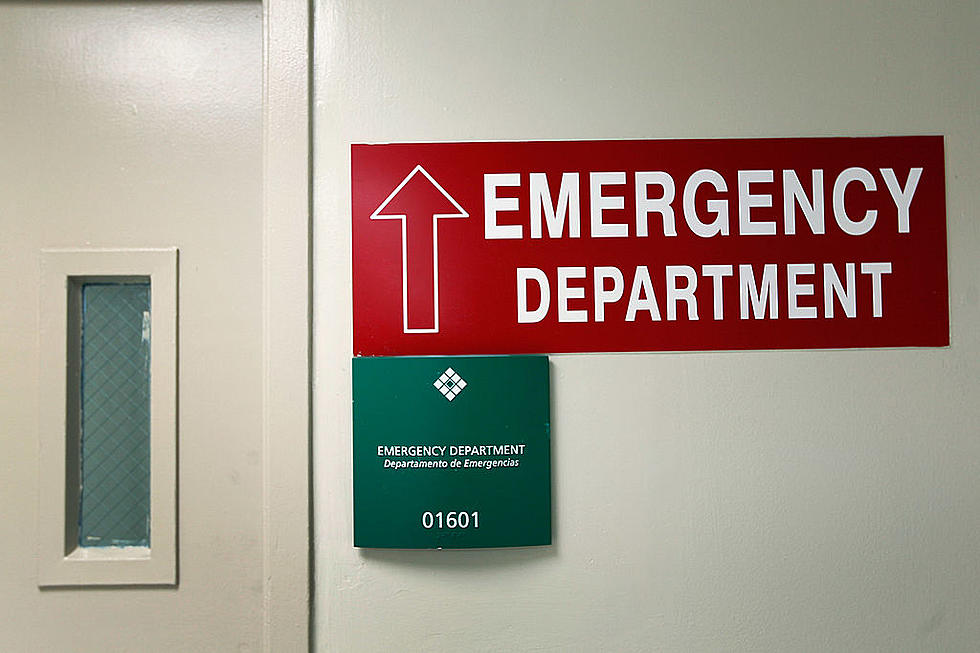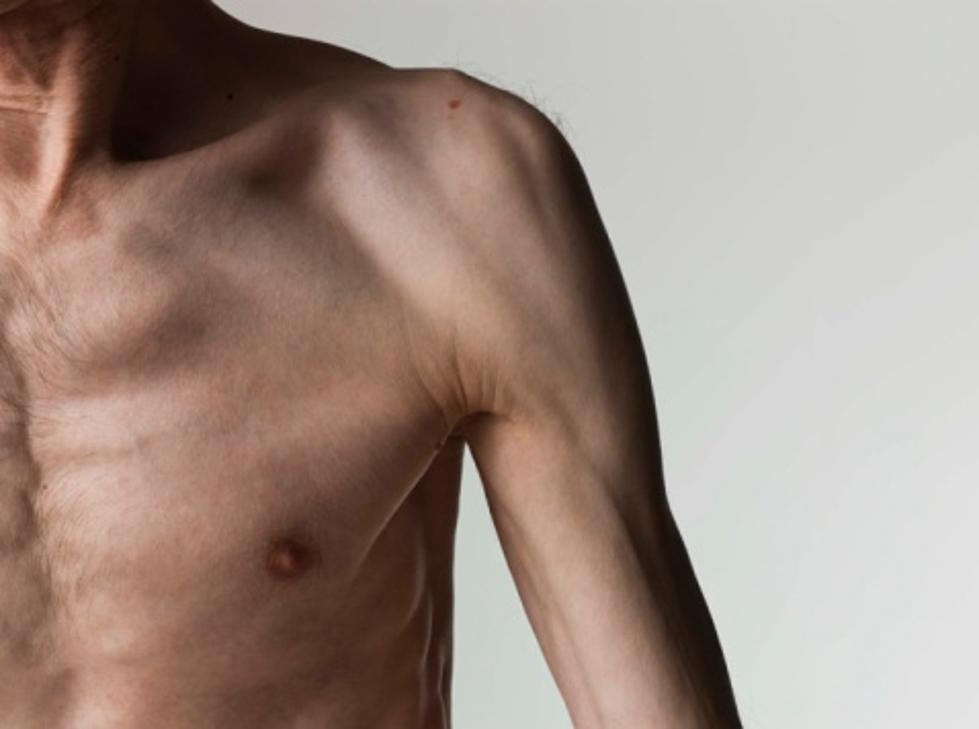
As Eating Disorder Cases Rise, Families In Crisis Struggle to Find Help
There's a stigma associated with eating disorders in the United States and the problem is compounded when families in need of help, find that most physicians know less about the disease than they do. Worse yet, when people seek treatment, there's almost no place to turn in the northeastern United States.
This comes at a time when there is a significant increase in cases of eating disorders in both men and women, throughout the U.S..
One Upstate New York family who almost lost their daughter Kendall to the disease, is hoping to make a difference so that others don't have to go through what they went through.
Rich Evans, speaking on WIBX radio's Keeler Show, said when 16-year-old Kendall became critically ill after losing significant weight in her battle with anorexia nervosa during the COVID-19 shutdown, they struggled to find treatment. Furthermore, after being treated in the hospital and being kept alive with a feeding tube, when their daughter reached the point where she needed a residential treatment facility, there was absolutely nothing available throughout the entire northeast. Evans said following a rigorous search for help, they finally found a treatment center that would accept an adolescent with a feeding tube case, but it was on the other side of the country in Denver, Colorado.
Judy Evans, Kendall's mom, stayed with their daughter in Denver while she received treatment, even though visitation wasn't allowed because of COVID, and Rich flew back and forth several times.
Evans and his family did actually find help regionally at the Child and Adolescent Eating Disorders Program at Golisano's Children's Hospital in Rochester. Michelle Morales is a Parent Peer Mentor for the Western New York Comprehensive Care Center for Eating Disorders, one of three legislatively mandated comprehensive care centers for eating disorders funded by the New York State Department of Health. In her role, she teaches parents and family how to offer support to their loved ones during recovery."
Morales said that most doctors and health care providers know very little about eating disorders and how to treat them, especially when cases reach the level of severity like the one that New Hartford's Evans family had to face. She says there's a program for doctors, nutritionists, school systems, and other professionals called "Echo" which offers educational programs for treatment and diagnosis for eating disorders. Morales says it's also important for families, friends and healthcare providers to understand and recognize the warning signs of eating disorders.
Rich Evans says that his family's goal is to offer education and awareness to families in the area, and to assist in a fund raising campaign that will build and fund a new residential treatment center in Rochester, so families can seek treatment here in Upstate New York, as opposed to having to travel to far away places like Denver to get the needed treatment.
When built, the new Adolescent Eating Disorder Residential Treatment Center will be the only one of its kind in Upstate New York.
Today, the Evans family story has a positive continuation. Kendall is a healthy young college student in Vermont where she is studying psychology. She's written three blogs on The Diary Healer website. Her third blog, entitled My prize in eating disorder recovery is the opportunity to move forward, documents her experience in recovery and the difficulties she faced throughout the entire process.
According to the New York State Department of Health, an estimated 5 to 10 million women and girls, and 1 million men and boys in the United States suffer from eating disorders. Because people may be ashamed of or secretive about their eating disorders, cases may not be fully reported. There are many types of eating disorders, but the three most common eating disorders are:
- Anorexia Nervosa, a restrictive disorder in which food intake is extremely limited. Individuals with anorexia nervosa have a distorted body image and an intense drive for thinness;
- Bulimia Nervosa, binge eating, followed by forms of purging (e.g., vomiting, extreme exercise, laxative use) to minimize the effects of overeating; and
- Binge Eating, when a person has a history of diet failures, compulsively over eats, but does not regularly vomit, exercise or abuse laxatives like bulimics do.
Evans said there are more than 1,000 eating disorder cases currently in Oneida County alone.
If you're interested in donating to the treatment center in Rochester, or if you have questions, you can contact the organization at www.TheHealingConnectionInc.org/filling-the-gap.
Listen to the radio interview with Richard Evans, and Michelle Morales of The Western New York Comprehensive Care Center for Eating Disorders. There are two parts below via YouTube.
Part 2
Inside Largest Indoor Waterpark in the Poconos
21 Adventures You Need to Add to Your Summer Bucket List
18 Kid Friendly Day Trips to Fight Boredom This Summer in Central & Upstate New York
More From WIBX 950
![Two Seventh-Graders In Denver Made An Unbelievable Film [VIDEO]](http://townsquare.media/site/40/files/2013/12/3076161.jpg?w=980&q=75)








